Favelas, truths and lies
The Favelas in Rio de Janeiro
How many truths and lies circulate about the favelas (shanty towns) in Brazil? Those dangerous places where everyone goes around armed with weapons, where a tourist shouldn´t even dare to raise their head. Not everywhere is like the film City of God, and as ever, we shouldn´t generalize. I´m not saying it´s the safest place in Rio, of course not, but what I am saying is that there are lots of rumours about this place which have given it a misleading fame.
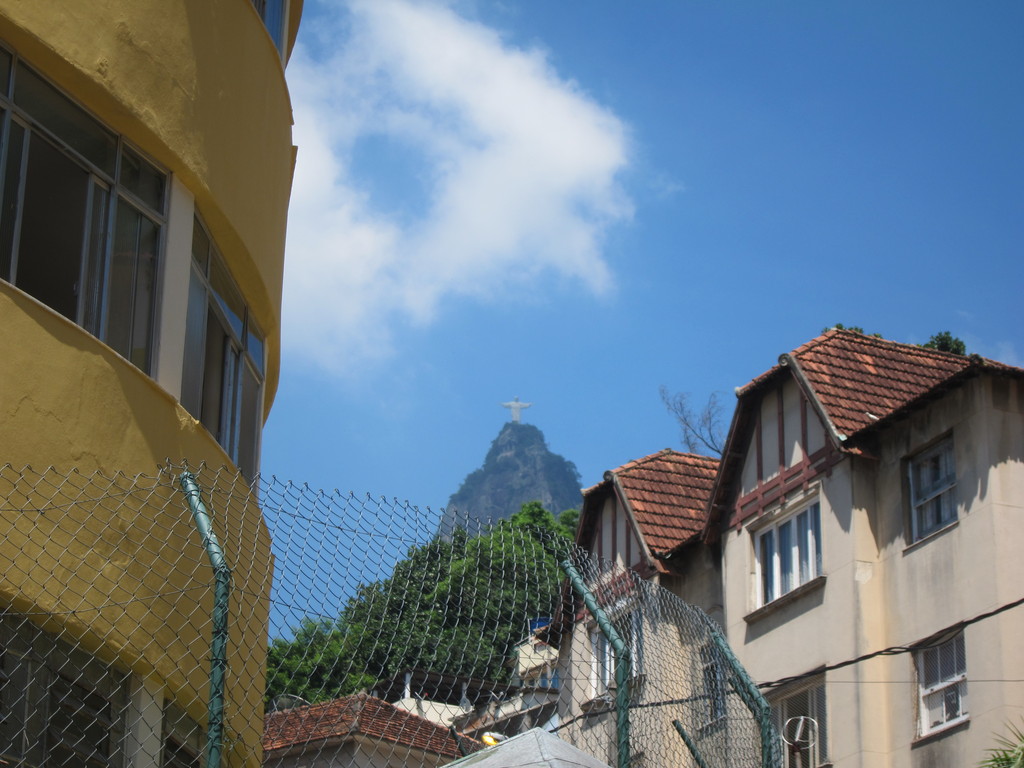
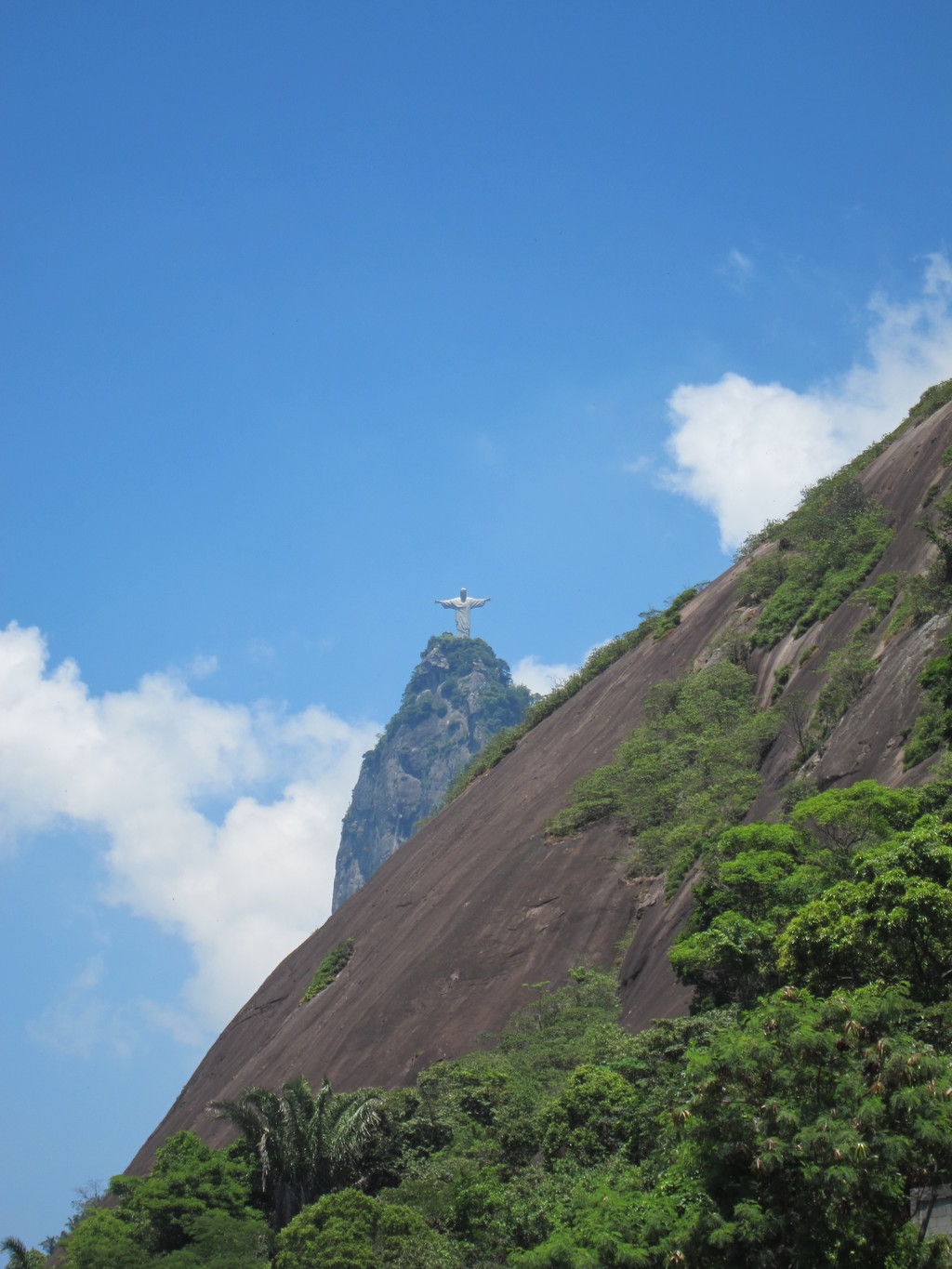
The story behind the name
These marginal neighbourhoods, generally located on the peripheries of cities although some can be found within them, took on the name of ´favelas` (Portuguese for shanty-town) when the first settlement was established on a small hill, having different levels named ´faveleiras`. The settlement became popular in the 1920s, and what was then known as a ´morro da favela´ (shanty-town hill) is nowadays used almost synonymously with the word for shack.
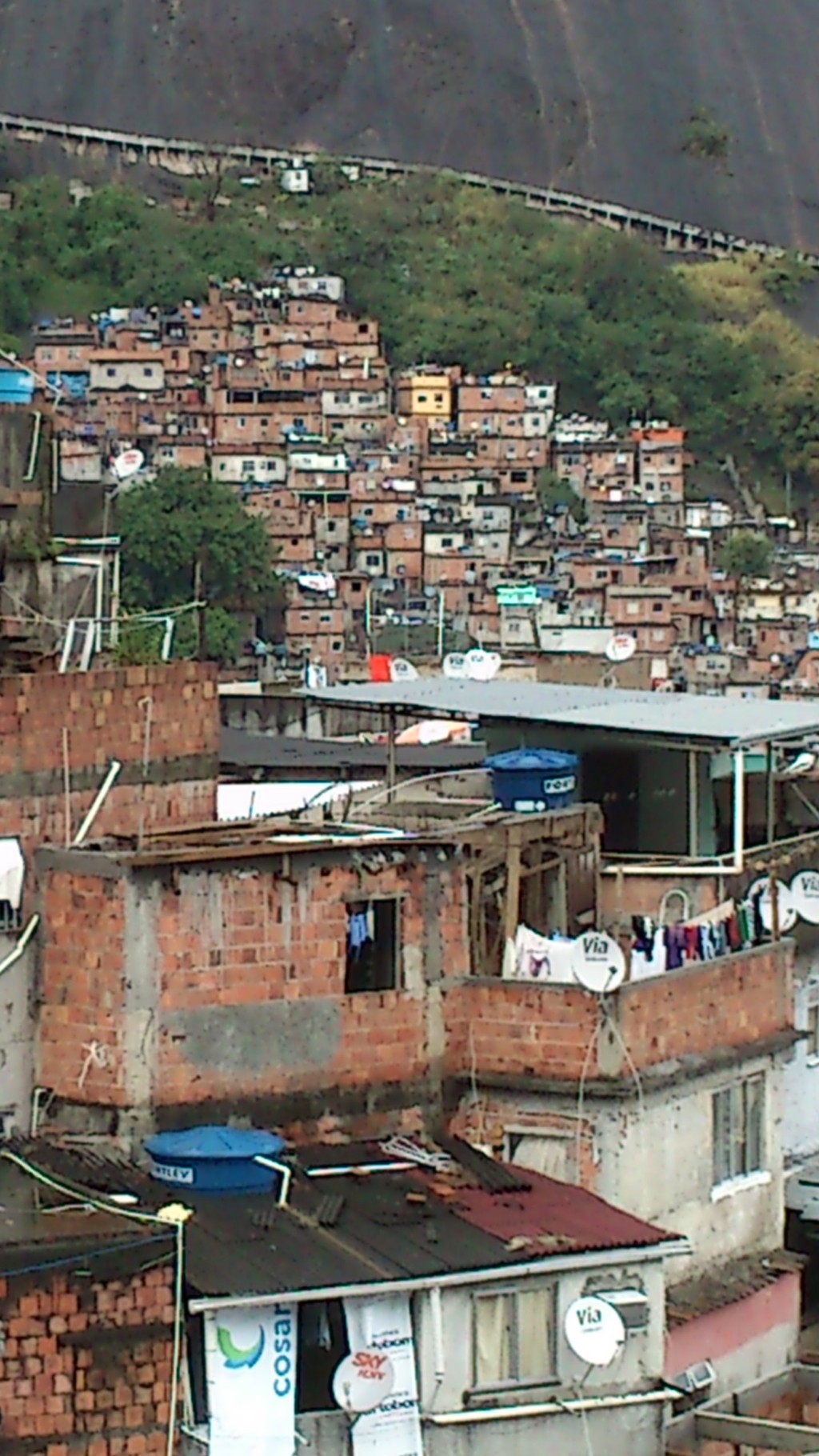
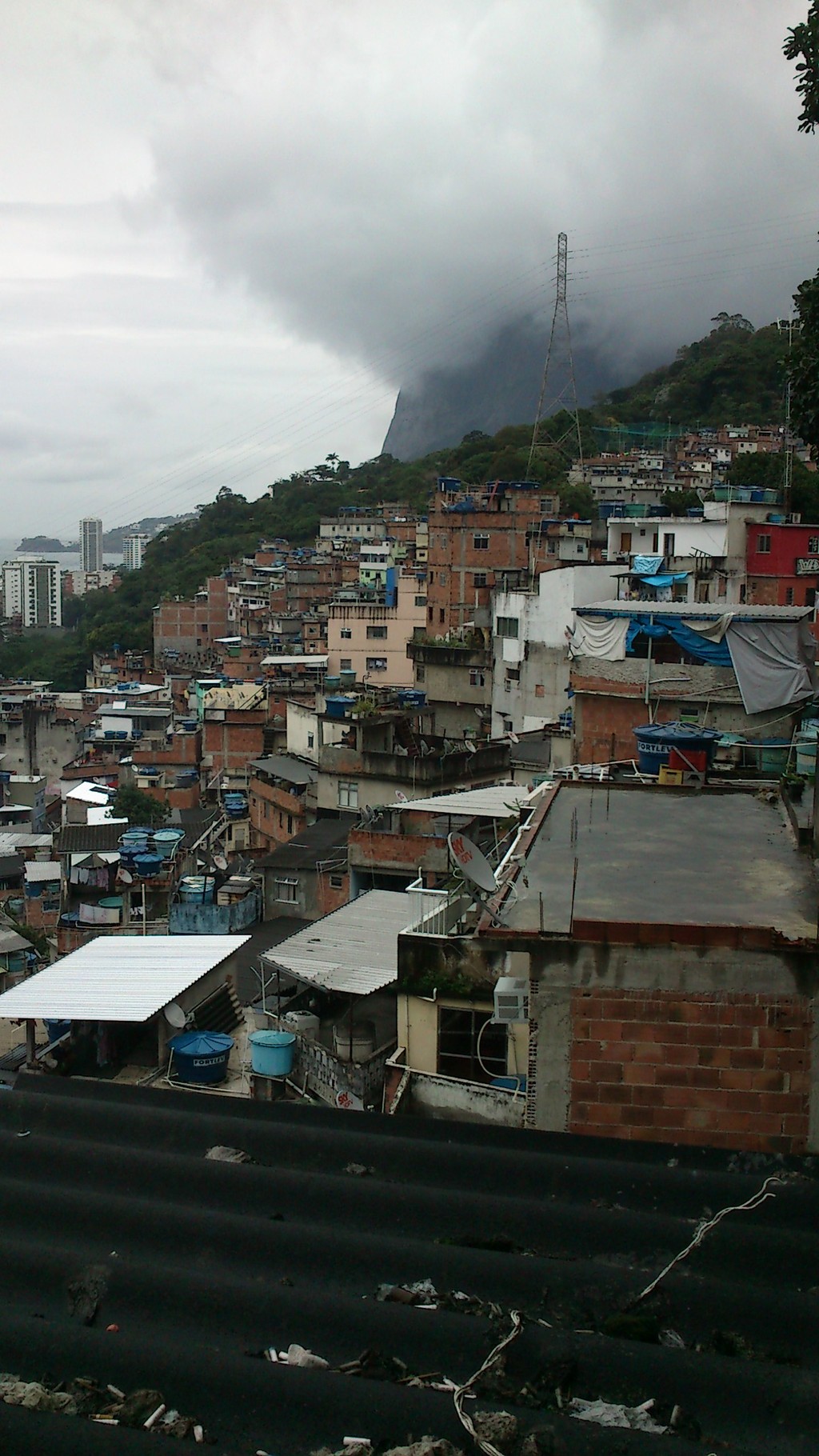
What defines a favela?
There is are certain requirements for a settlement to be considered a favela, and certain characteristics the settlement must be seen to have. One of the taxi drivers who accompanied us on our route through the city and drove us to a favela told us of the following requirements (perhaps I´ve forgotten one, but those interested can find more information by researching further online):
1. The collection of houses should number more than 50.
2- They should be ´modest` houses, and the buildings should have a ´peasant-like´ or ´rustic´ air about them.
3. The area is disorganized, that is to say, there are no streets or house numbers, and therefore no postal addresses.
4. Public services such as health centres or occasionally even electricity are scare or non-existent in some cases (a characteristic which is nowadays unrealistic).
Although from outside the houses seem precarious (due to the appearance of the façades and the damp) most of them are surprisingly stable, and are quite luxurious inside: bathrooms, plasma screen TVs, internet...it´s also quite funny to climb up high and gaze down at the mass of satellite antennae attached to every little house on the hill. Some favelas nowadays even enjoy cyber cafés and fast food establishments.
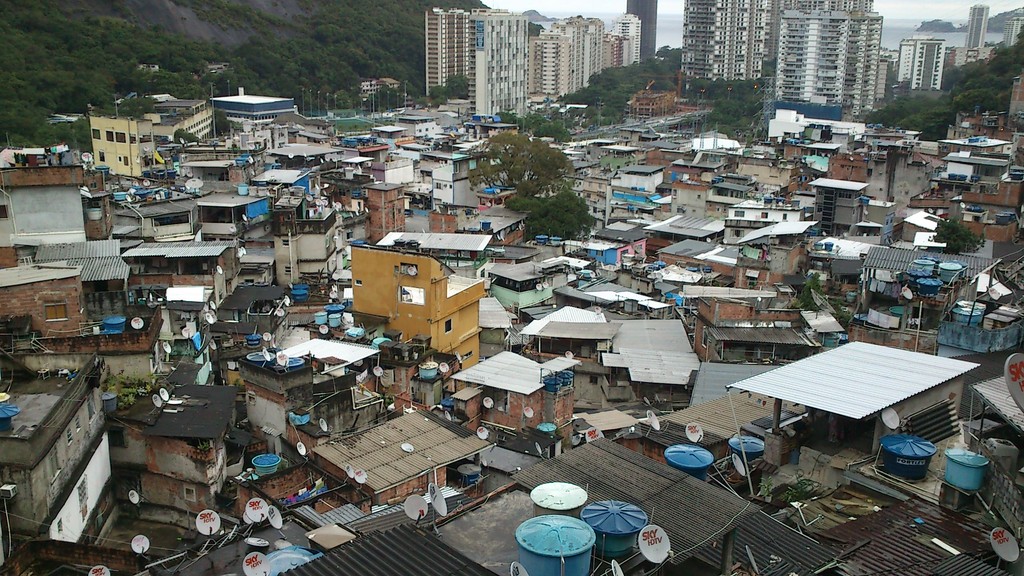
Where are they?
There are favelas in almost every big city in Brazil, although the majority of them are concentrated in São Paulo (unsurprisingly due to its expansion) and in Rio de Janeiro. The IPP (Instituto Municipal de Urbanismo Pereira Passos) counted the number of favelas in Rio to be 968 in 2009. This shows an important increase of more than 200 favelas since 2004, and an unsurprising one as many favelas are simply more humble neighbourhoods which offer a more affordable standard of living, instead of the ´hearts of criminal associations´ they are made out to be.
There are marginal neighbourhoods in all cities, but these perhaps stand out for their riskiness and for their internal code of who is ´good´ and who ´bad´, and whom you should be afraid of. In Argentina for example, the exact same neighbourhoods exist as in Brazil: there they are known as ´villas´.
In Brazil, the Favela da Rocinha is the most famous since it has appeared in various films, such as Ciudad de Dios (City of God), and is the most populous at 70, 000 inhabitants.
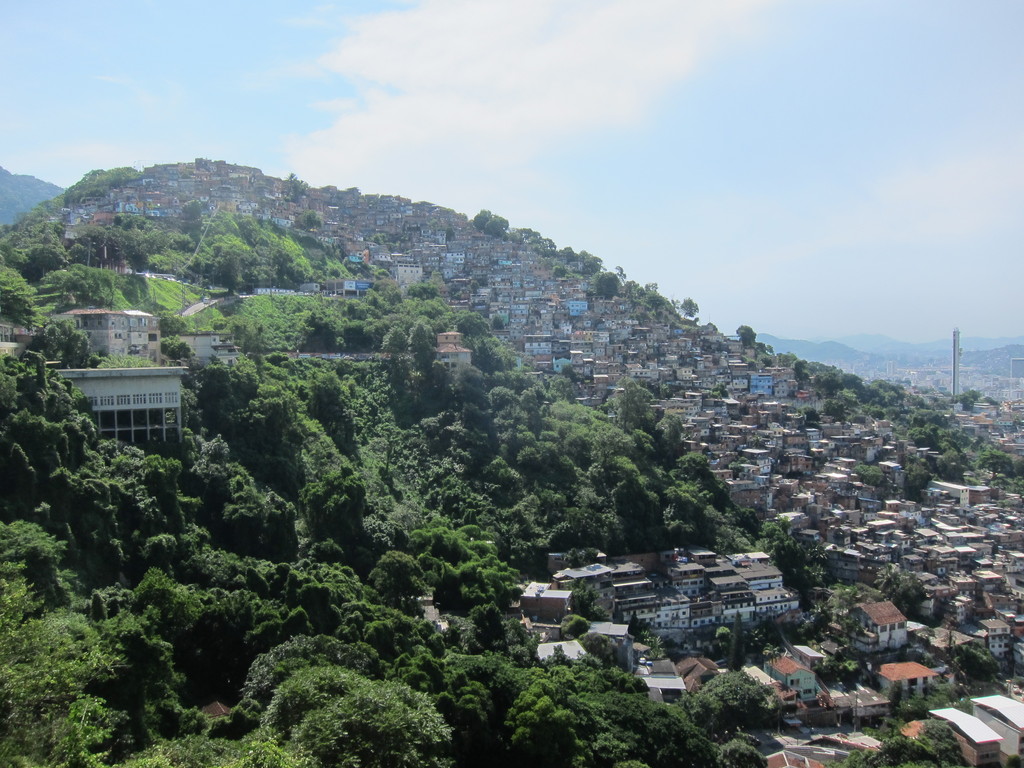
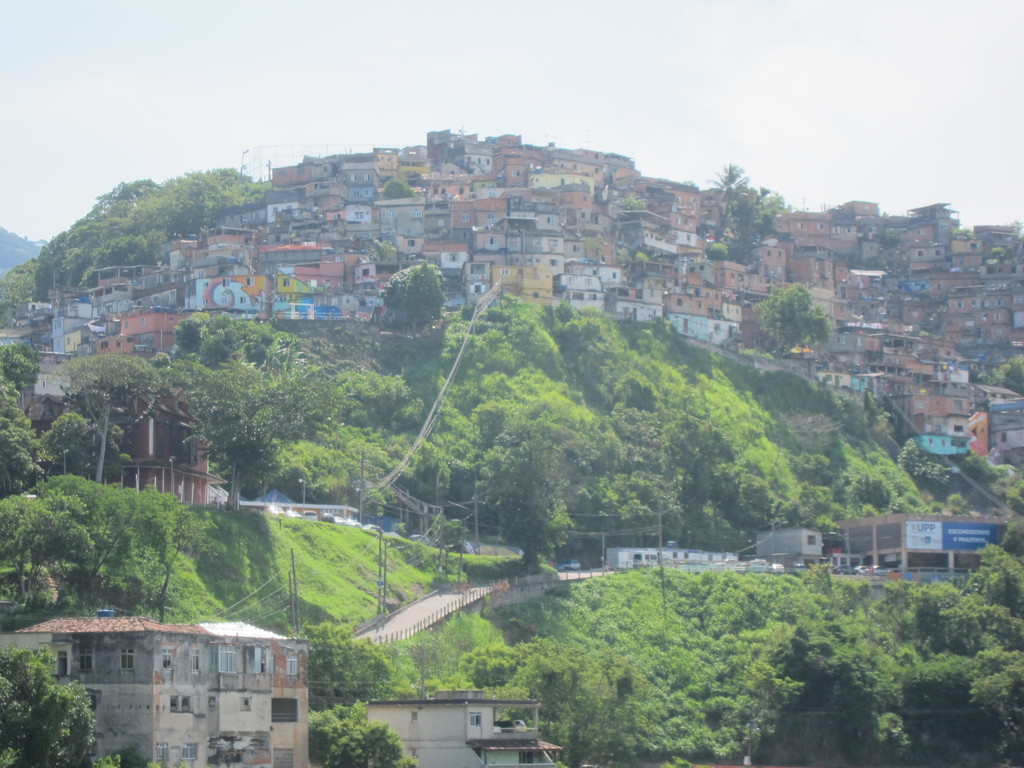
Criminality and danger
It´s common for wrongdoers and delinquents to live in these areas, which are often on the margins of the law. It´s not necessarily that they choose this place to undertake their criminal activity - we need to take in account the effect of the society they inhabit within the favelas: a person who has grown up surrounded by violence and crime is likely to follow the same path.
However, this is merely the popular and somewhat generalized opinion on the favelas. It may be true in some cases, but this does not however mean that it is the norm. Many of the employees of the hostels we stayed in and people we met in the city lived in favelas because the accommodation is much cheaper than in other places in Rio. For example, the average rent for a three-person flat in Copacabana is about 600 euros per head (not forgetting that though this would seem quite costly in Spain, in Río it balances out - the standard of living in Spain means that 600 euros have a much higher value than here in Brazil).
We actually went to visit a hostel which was on the slopes of a favela. Although it wasn´t as centrally located as ours, it was indeed cheaper and definitely just as nice, and probably even better furnished than ours. The entrance looked a bit precarious, but from the inside it looked like a very distinct building with beautiful views of the beach.

Favelas and tourists - types of favela in Rio
In Rio de Janeiro we can clearly differentiate between two types of favela: those which are ´pacified´, meaning that the police has taken control of the area and has established a presence in order to prevent further outbreaks of violence, and those which are ´unpacified`, not recommended for tourists to visit since they are dangerous areas, above all when you are unfamiliar with the place. You can still see the bullet holes in the walls of many houses left over from shoot-outs between the police and drug dealers.
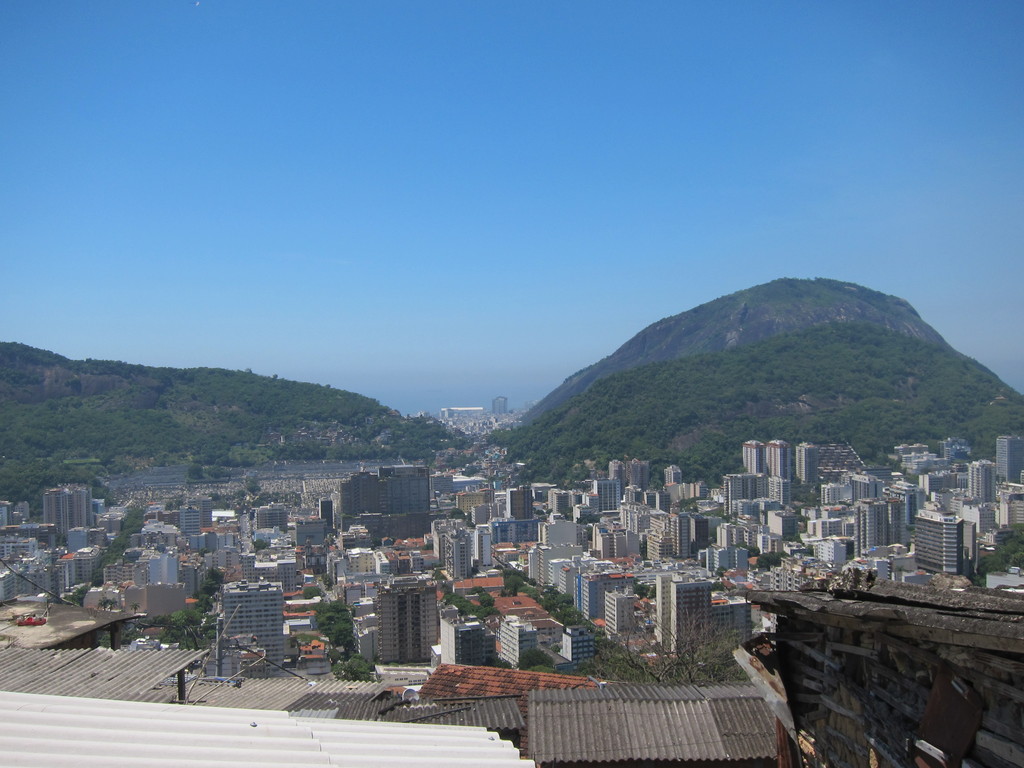
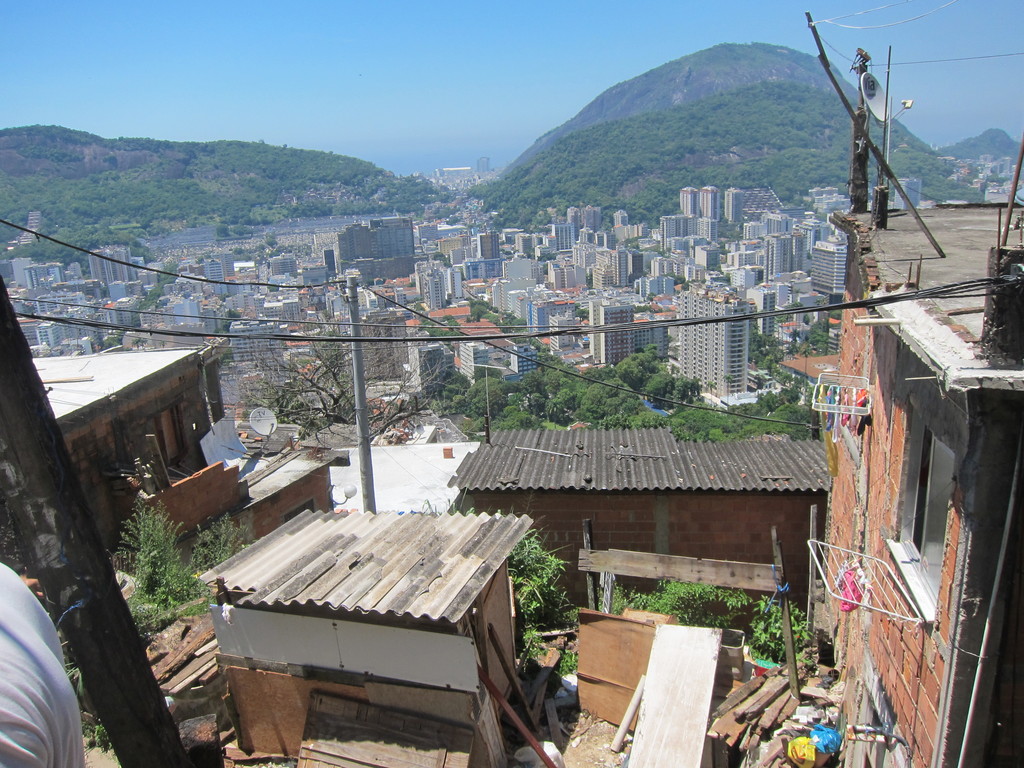
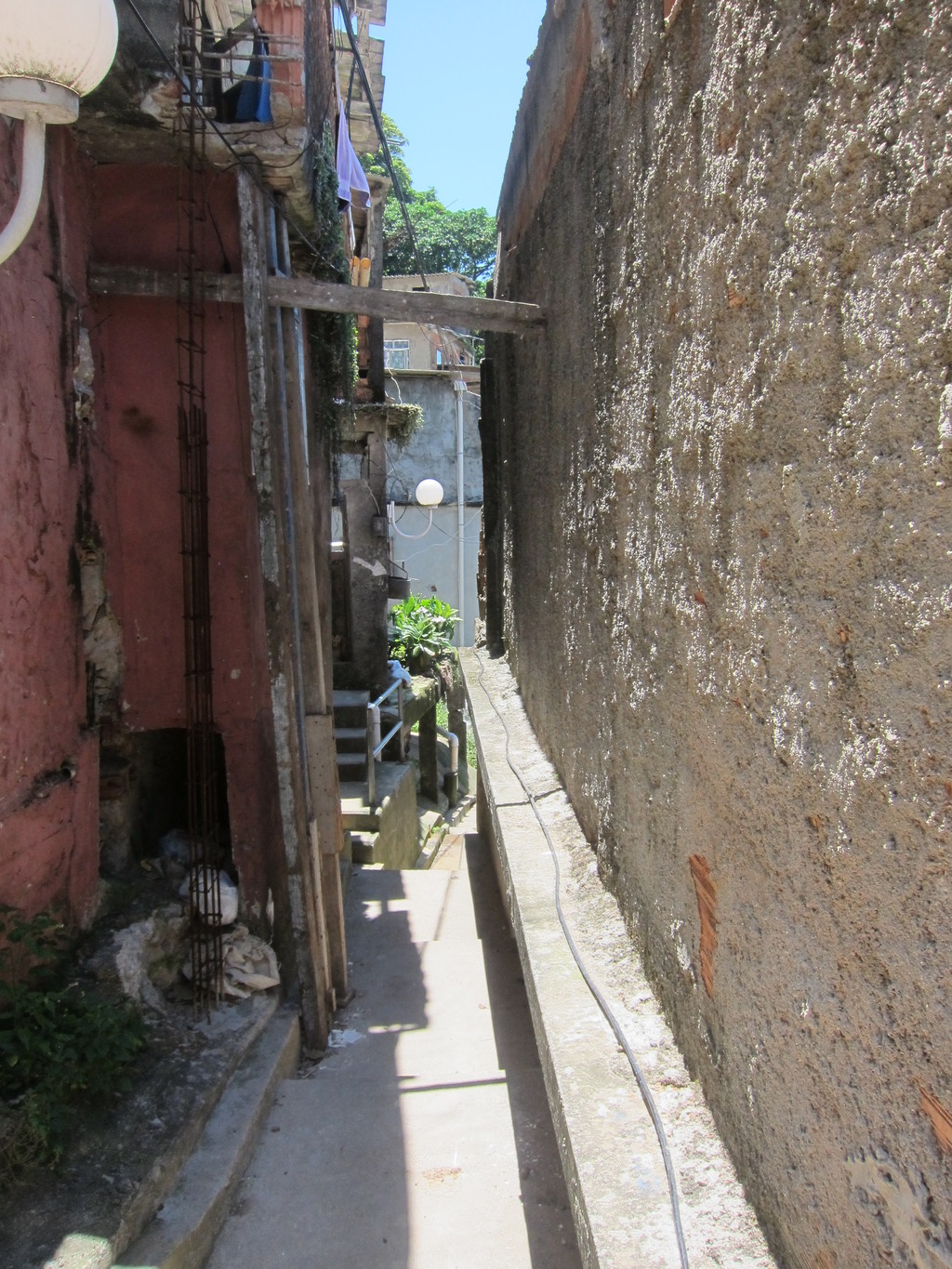
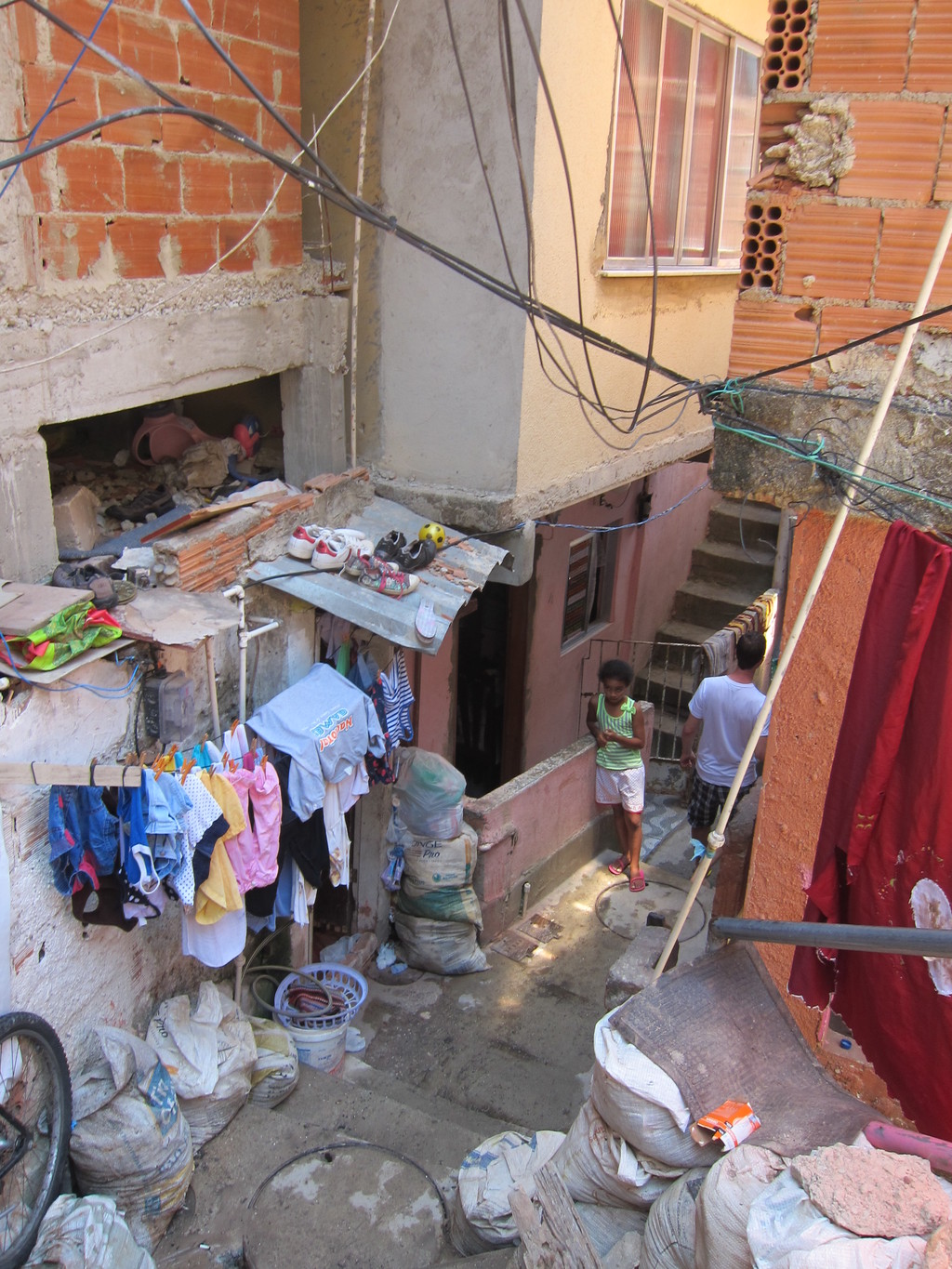
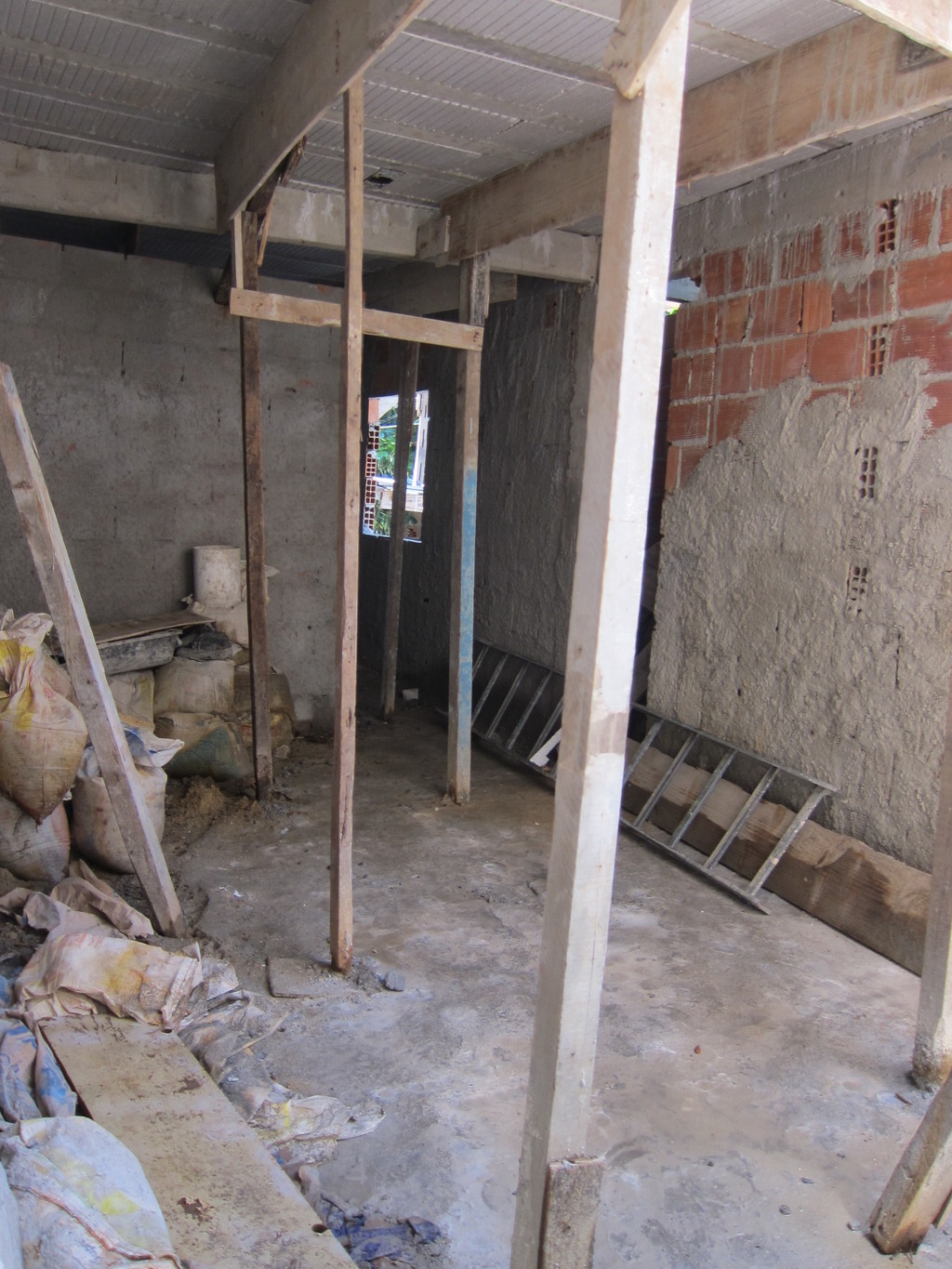
Depending on the attitude you have and which favela you visit, the people who live there may pass by you and ignore you completely or, on the other hand, be very friendly towards you. We visited two favelas: Favela da Rocinha on the day that we went on a taxi tour through the city with a driver born locally who acted as our tour guide, and drove us to the favela so that we could experience the atmosphere and learn about the history there. He took us to eat at a lovely place where we were given a type of rice with broccoli I´d never tried before. From there, we could see a large part of the favela.


Additionally, we visited the favela de Santa Marta as part of an organised tour. It´s a pacified favela and one suitable for tourists, and we found the people always greeted you with a smile. We didn´t feel any sense of unease there.
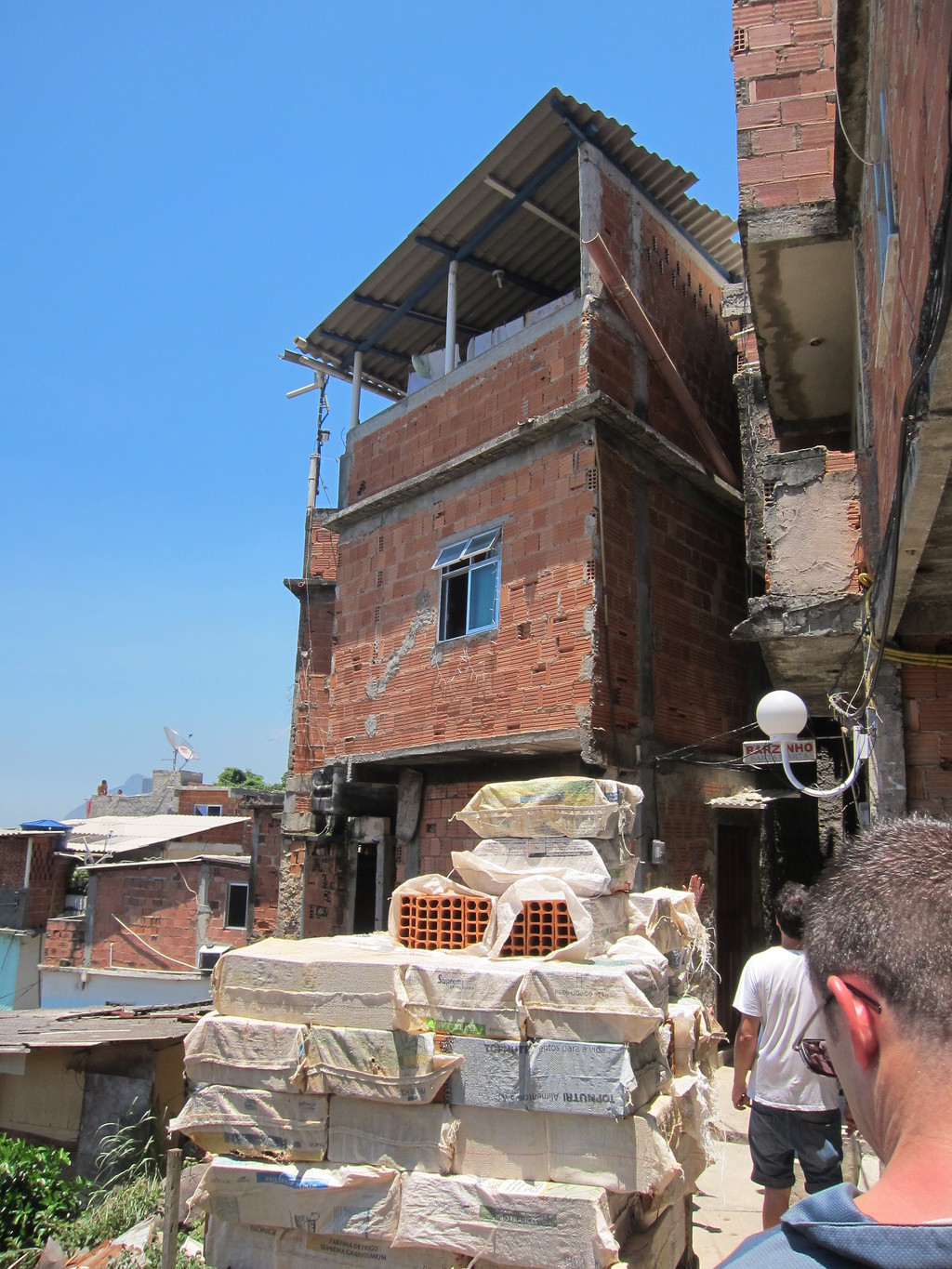
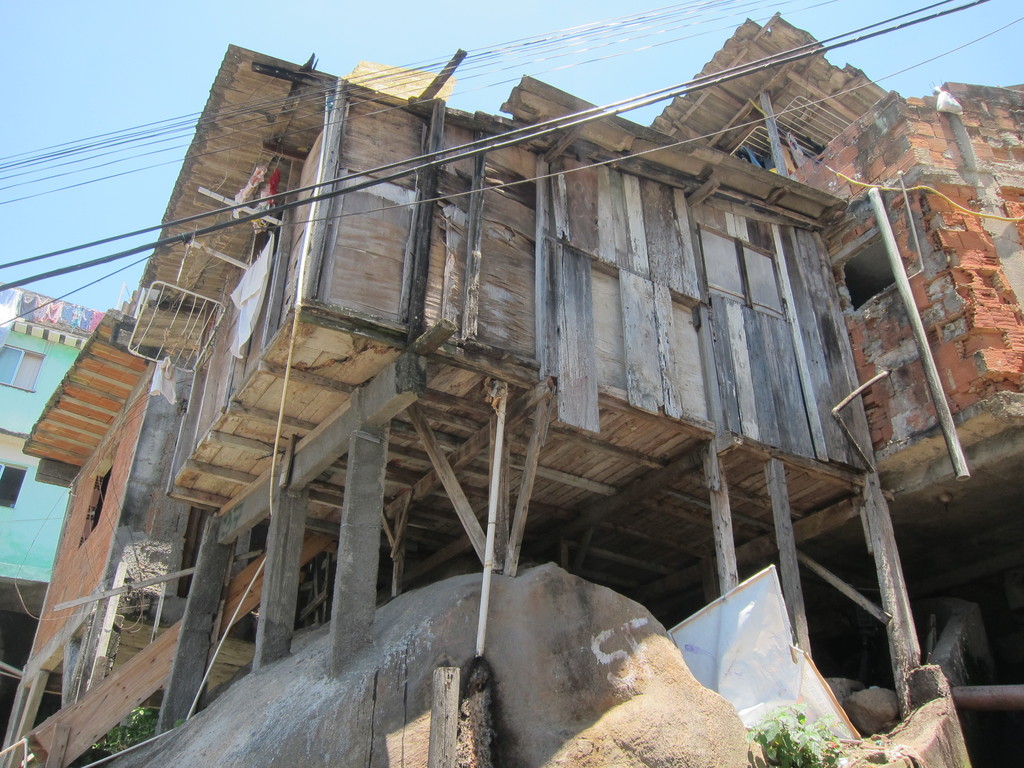
Tour of Santa Marta, the favela of Michael Jackson
Here I´ll give a few more details on our tour through the favela de Santa Marta. This favela is situated between the neighbourhoods of Laranjeiras and Botafogo, on Dona Marta hill.
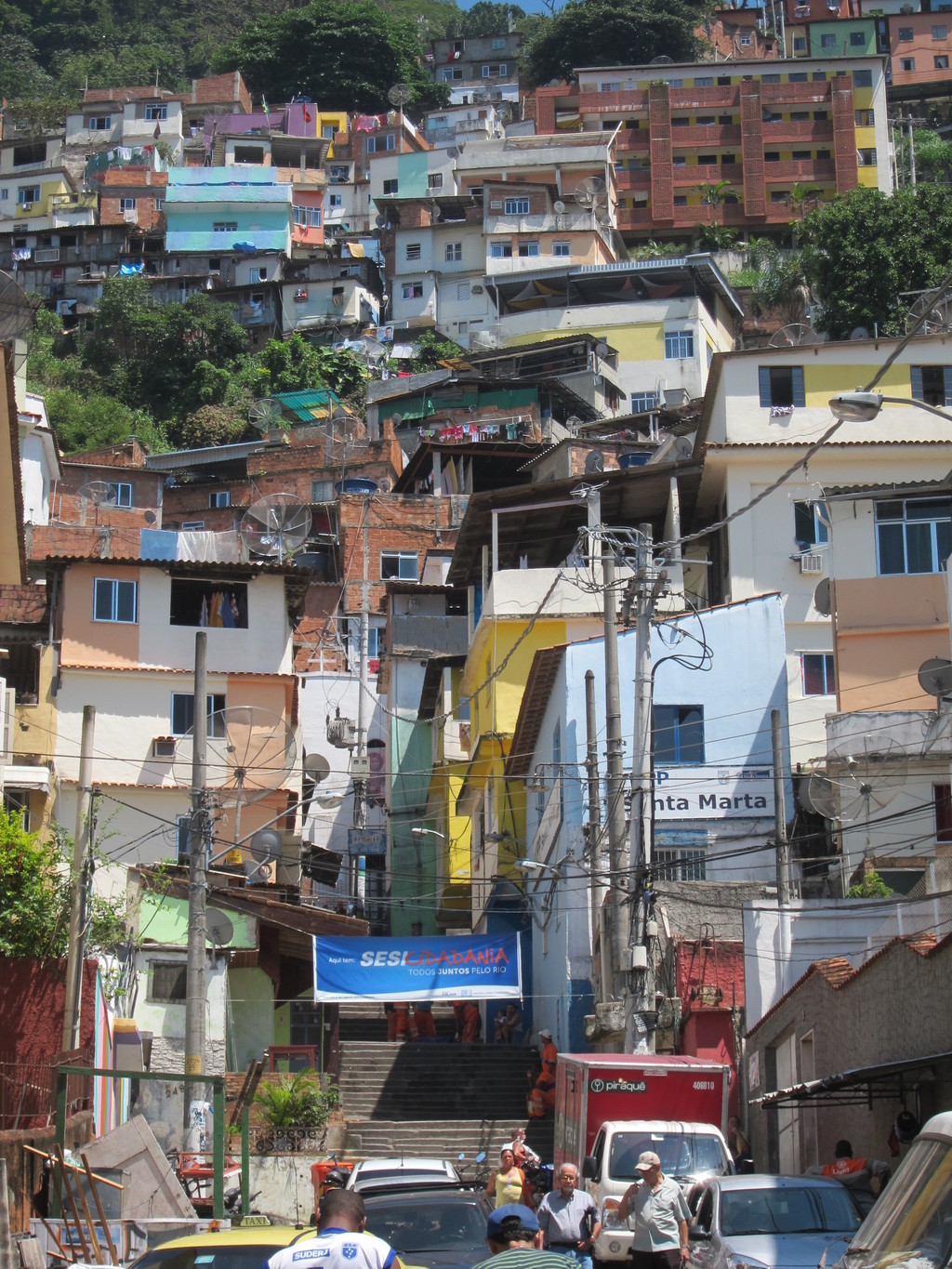
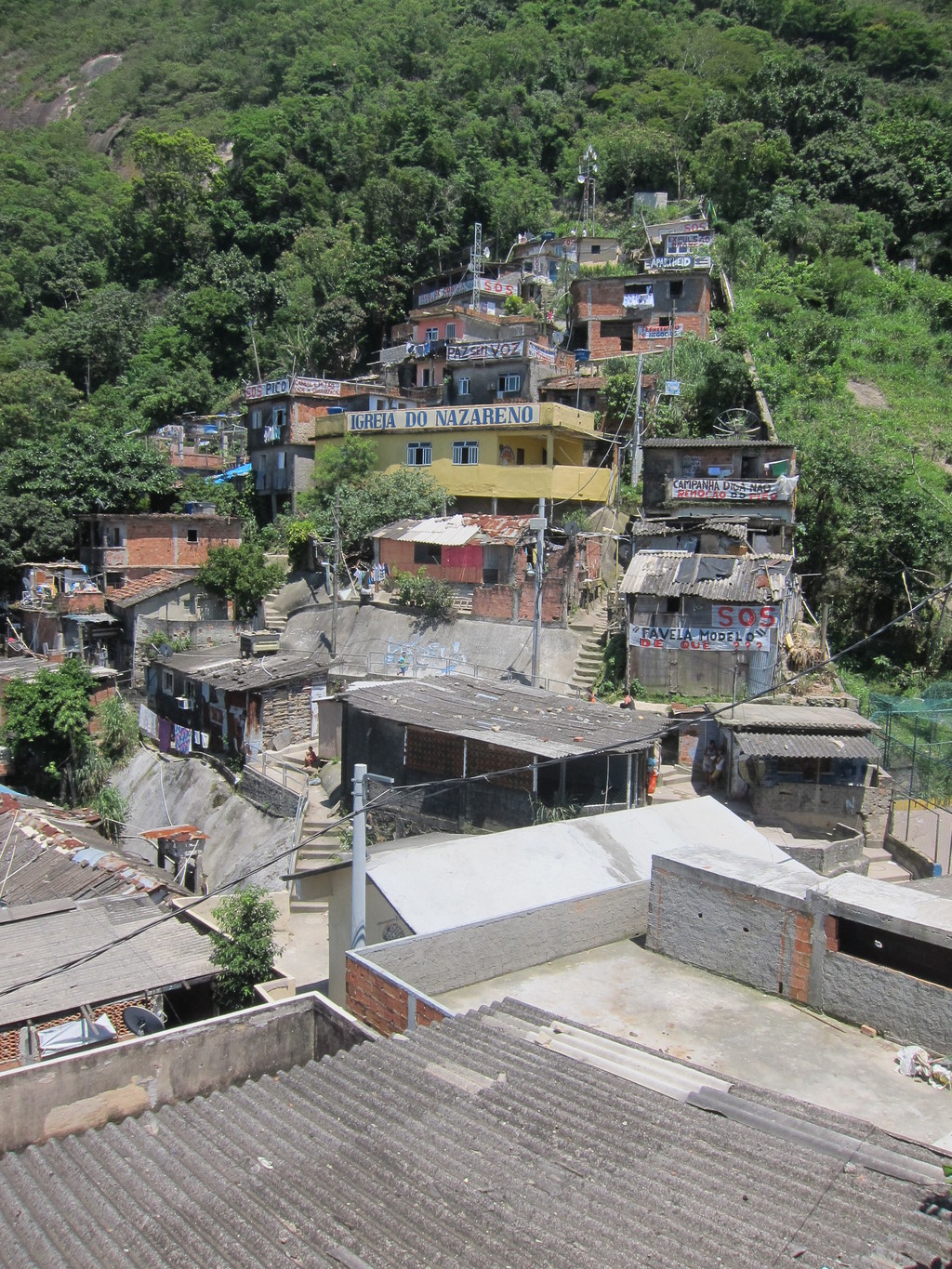
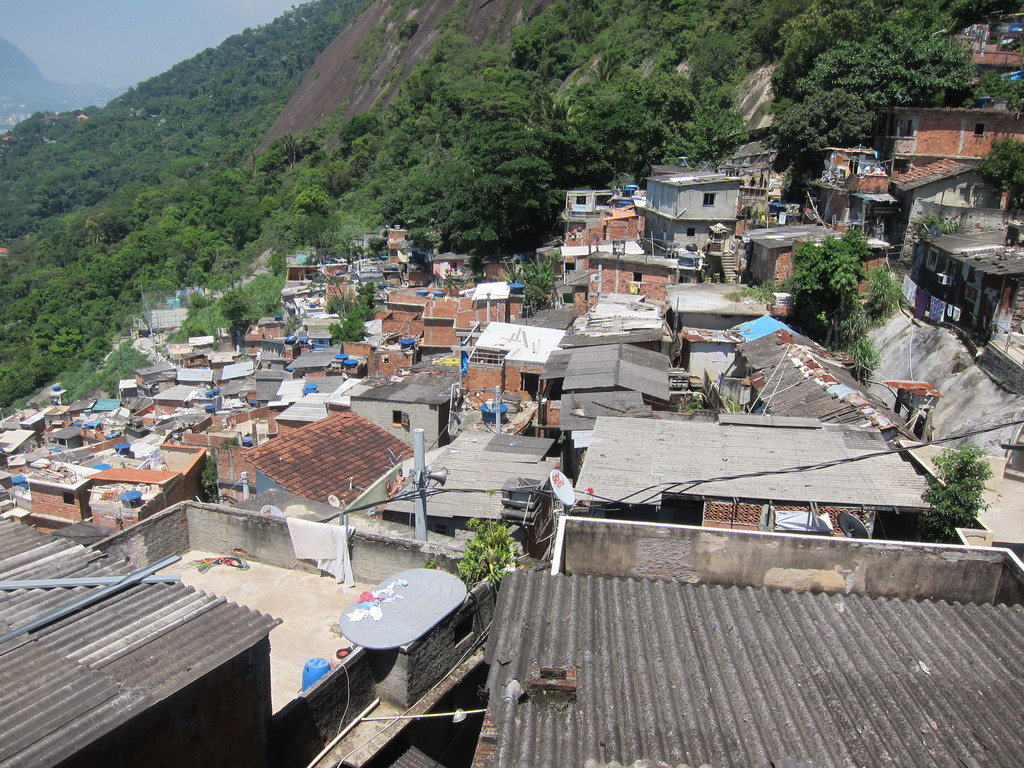
This particular community is famous for having featured in the music video for Michael Jackson´s 1996 single ´They Don´t Care About Us´. One of the drug lords in the area had to give his permission for the video to be filmed in the favela. Other famous visitors include Madonna, Alicia Keys and Beyoncé. Several scenes from ´Fast and Furious 5´ were also filmed here.
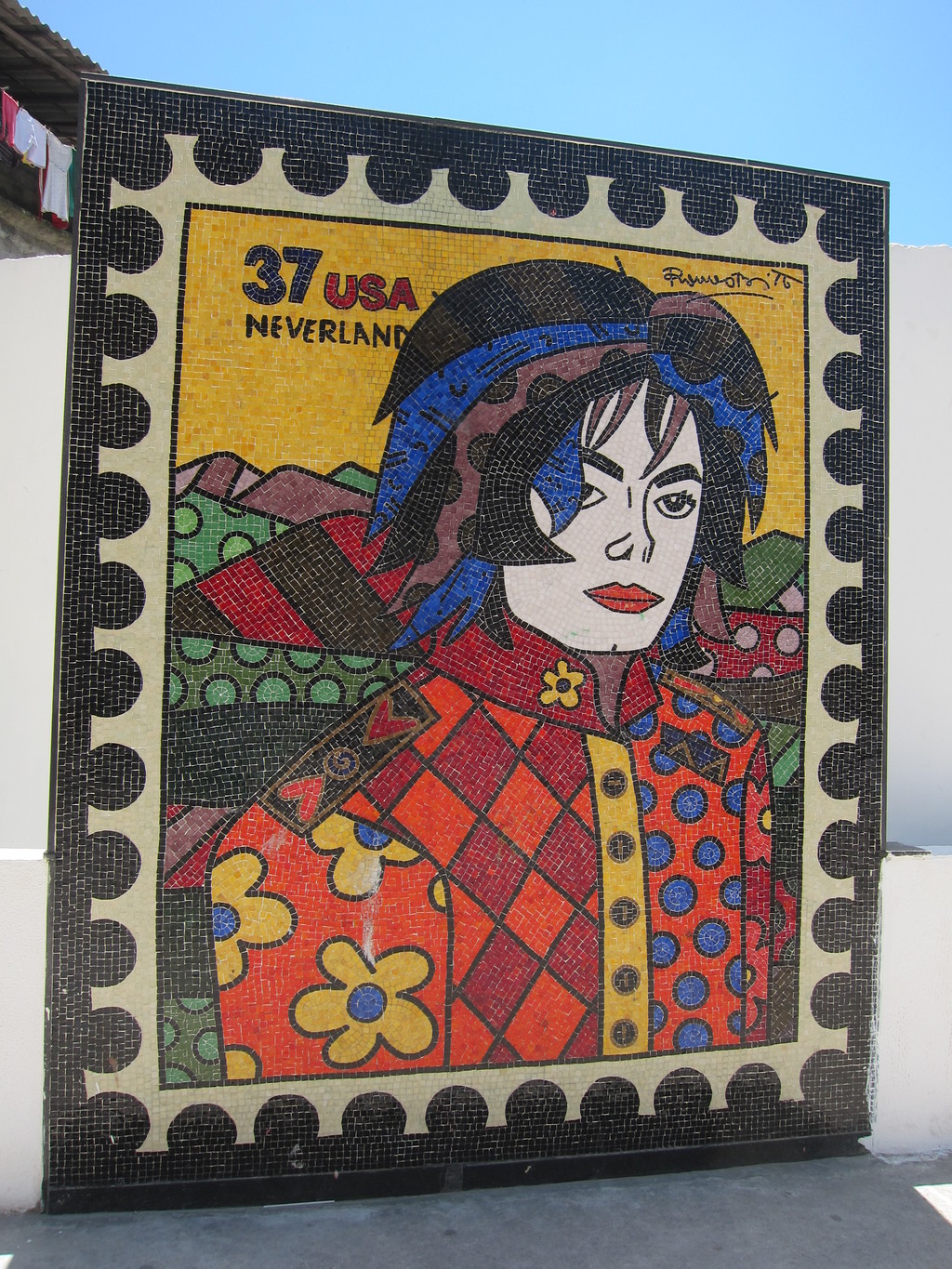
Currently, there is a protest taking place against the destruction of the highest part of the favela. The authorities say they have planned this move for safety reasons, since the abundant rain in this region could easily cause landslides which would wipe out the precarious buildings.
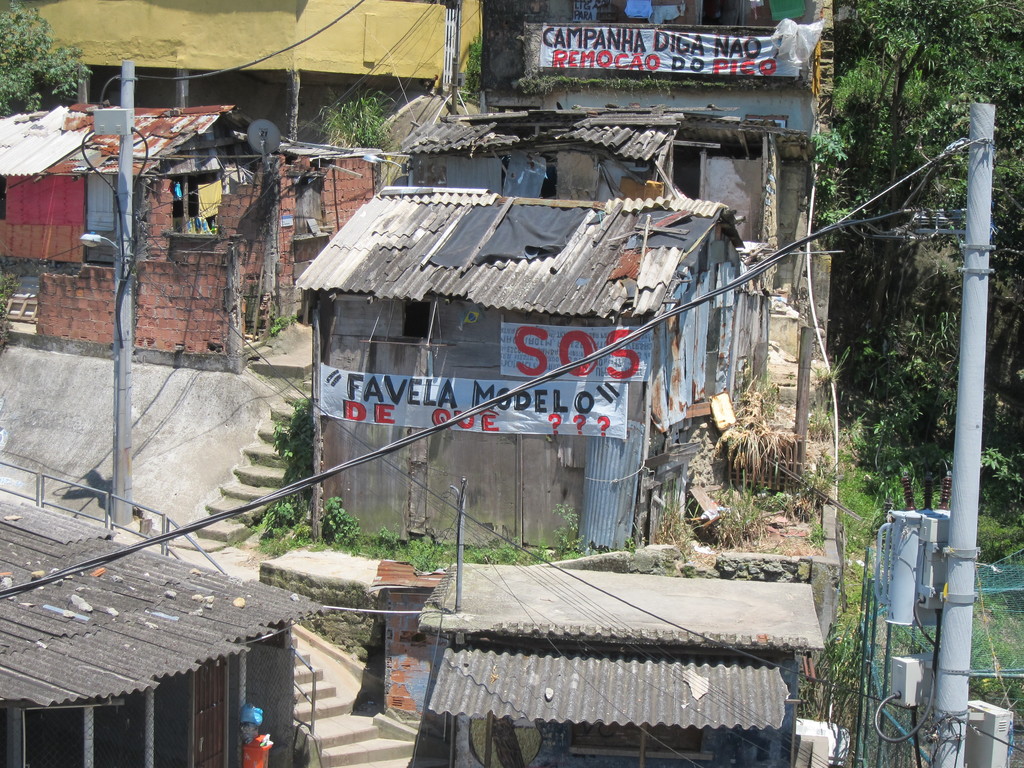
Santa Marta is a pacified favela where the first Unidad de la Policía Pacificadora (UPP) in the city can be found, and it is due to their presence that drug-selling hotspots in the area have been eliminated.
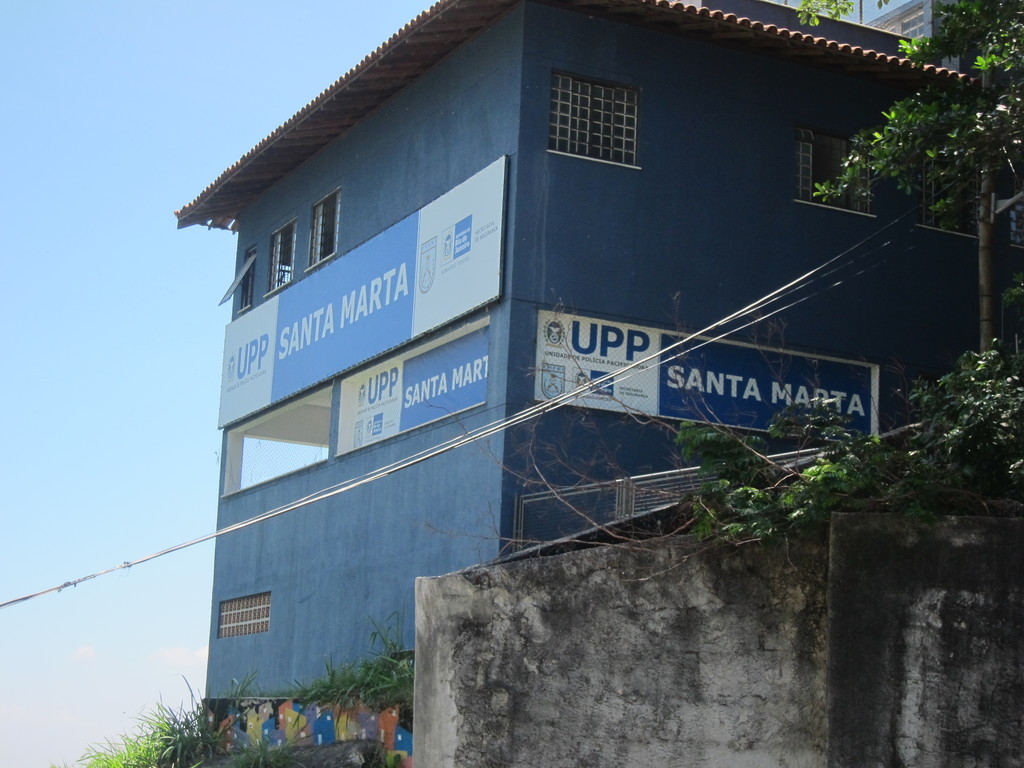
Recently, a type of lift has been installed in the favela to enable the people who live there to move about more easily on the slopes. It works similarly to an urban bus which stops at different houses.
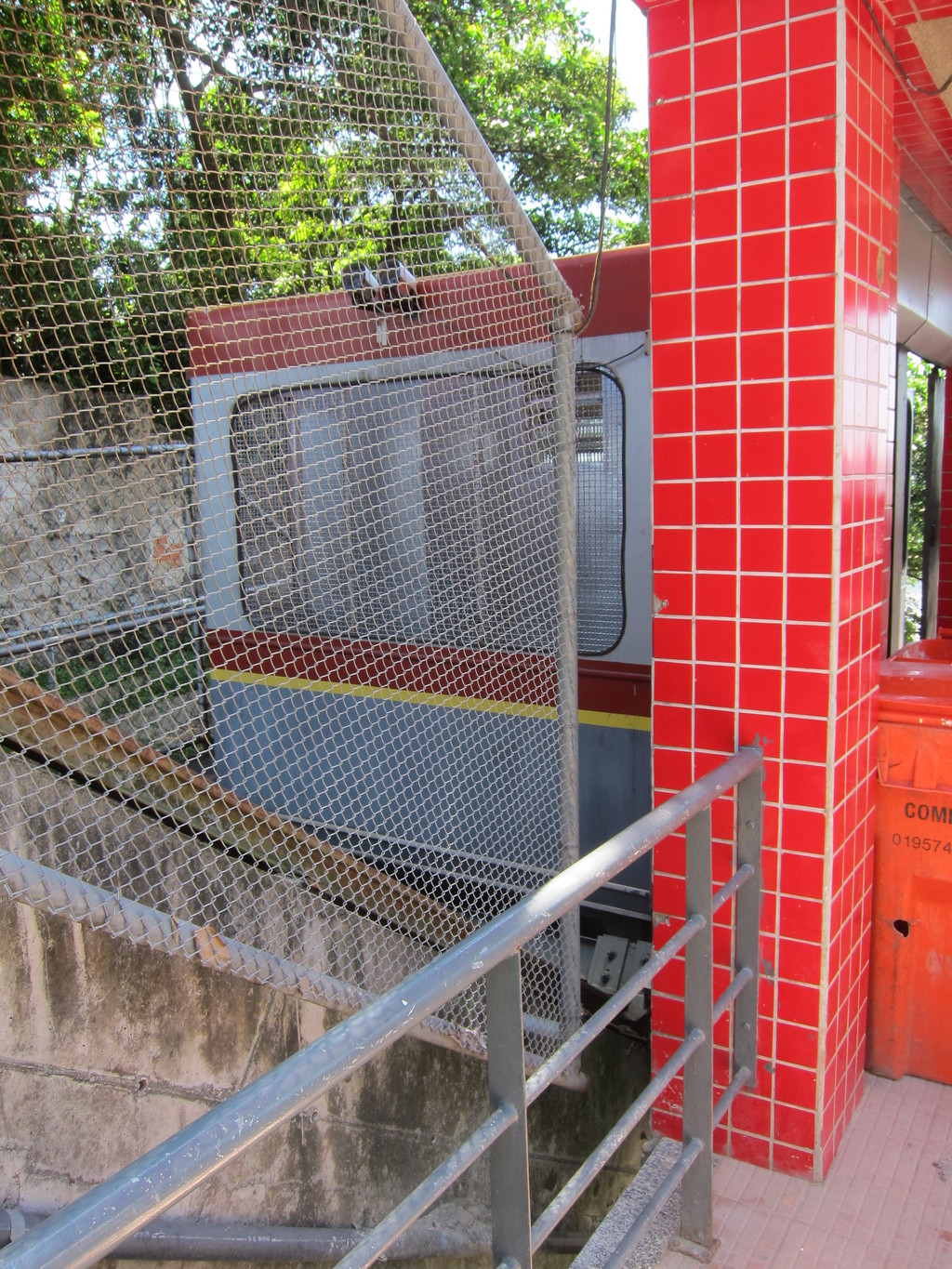
When visiting the favelas, it´s recommended that you go accompanied by a guide whom you pay around 100 reales (the equivalent of 30 euros) which includes lunch served at a house in the area. The inhabitants are quite involved with tourist activity (part of the proceeds from the tours go to them) and they make an effort to explain their everyday lives to you and show you their houses, many of which we realised had WiFi, LCD televisions and cable service so that they can watch European football.
The most unpleasant part is definitely the sewage system, which is open-air and gives off an awful smell combined with the heat and humidity of the climate.

If you take a photo of a local, you´re expected to give them 3-5 reales as payment.
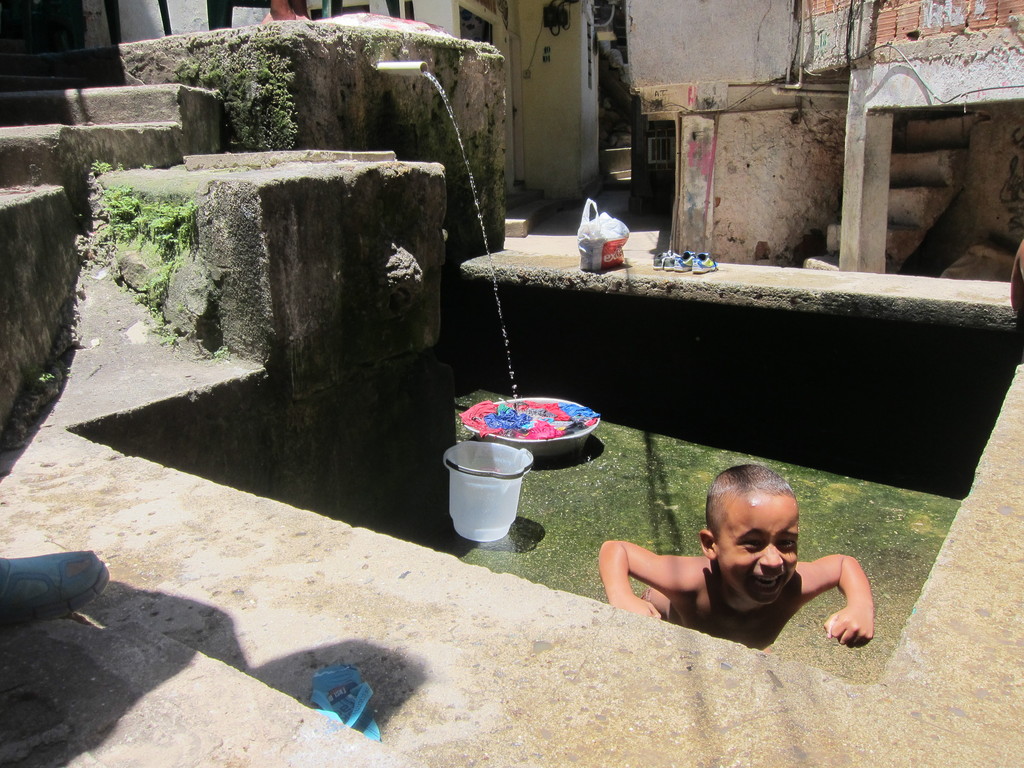

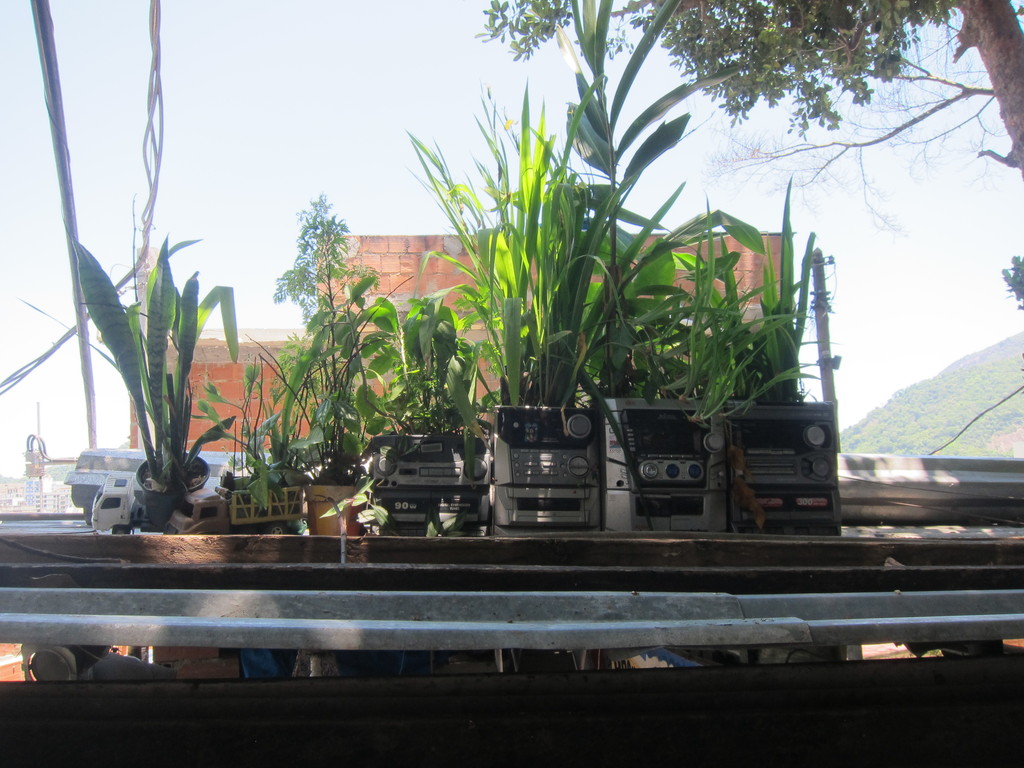
The favela we visited was trying to set an example for the others by introducing different employment and community rehabilitation programs.
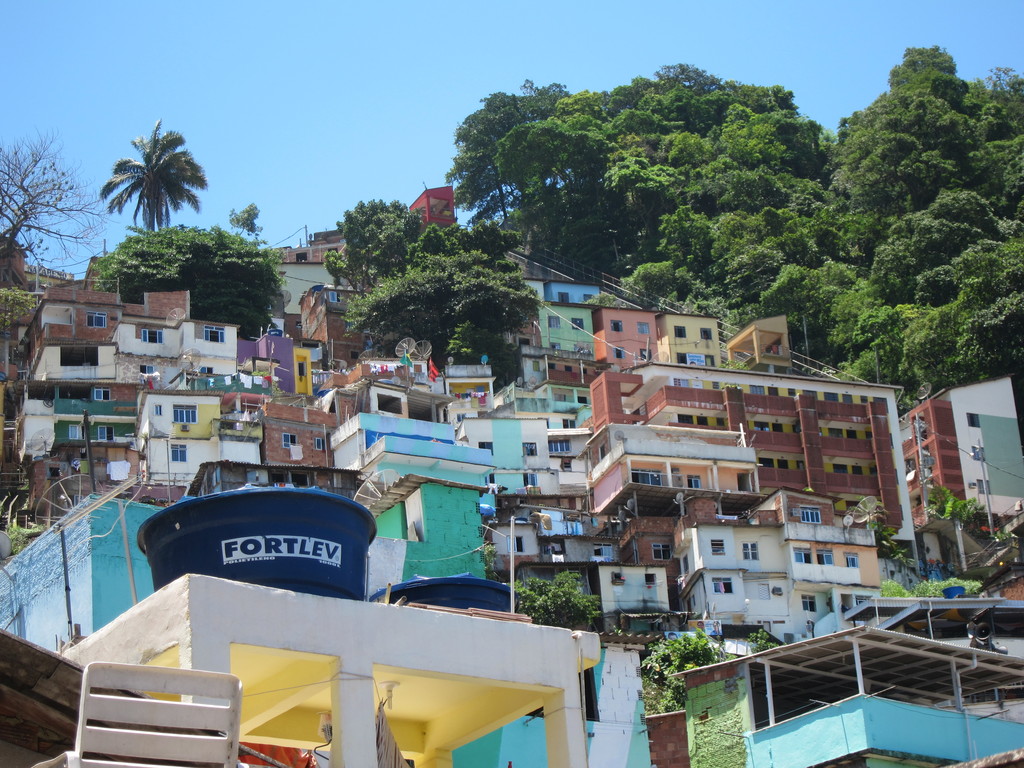
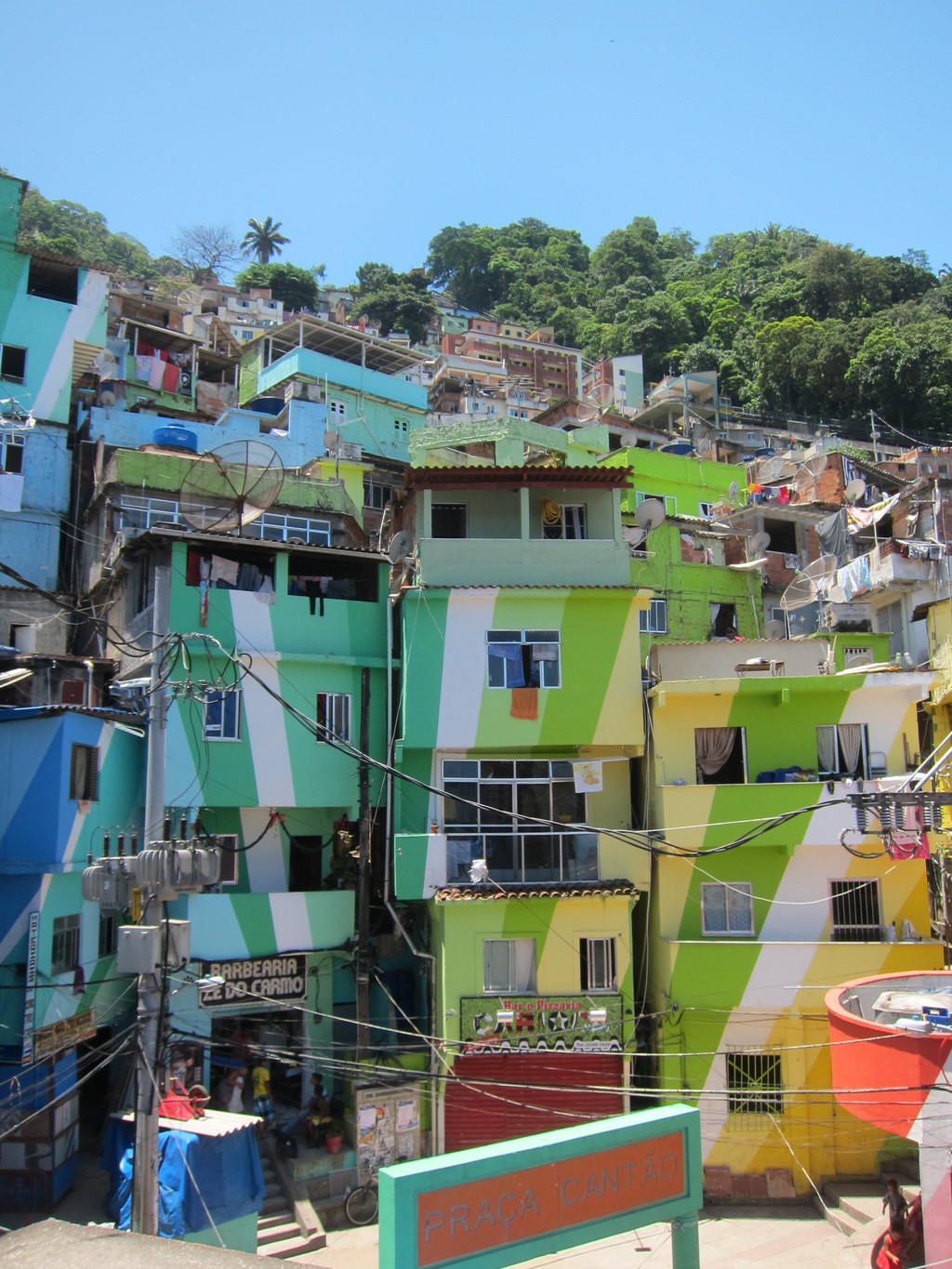
You should be aware of what exactly it is you´re visiting - for this reason paying to have a guide is, in my opinion, mandatory due to the insight you get into these people´s everyday life. However, if you don´t want to pay, the best thing is to ask around: there are some favelas you can visit for free, without a guide and without putting yourself at risk. Just ask, and enjoy it!
Photo gallery
Content available in other languages
- Español: Favelas, verdades y mentiras
- Deutsch: Favelas, Wahrheiten und Lügen
- Polski: Prawdy i mity o fawelach
- Italiano: Favelas, verità e menzogne
- Português: Favelas, verdades e mentiras!
- Français: Favelas, vérités et mensonges
Rate and comment about this place!
Do you know Favelas in Rio de Janeiro? Share your opinion about this place.


















































